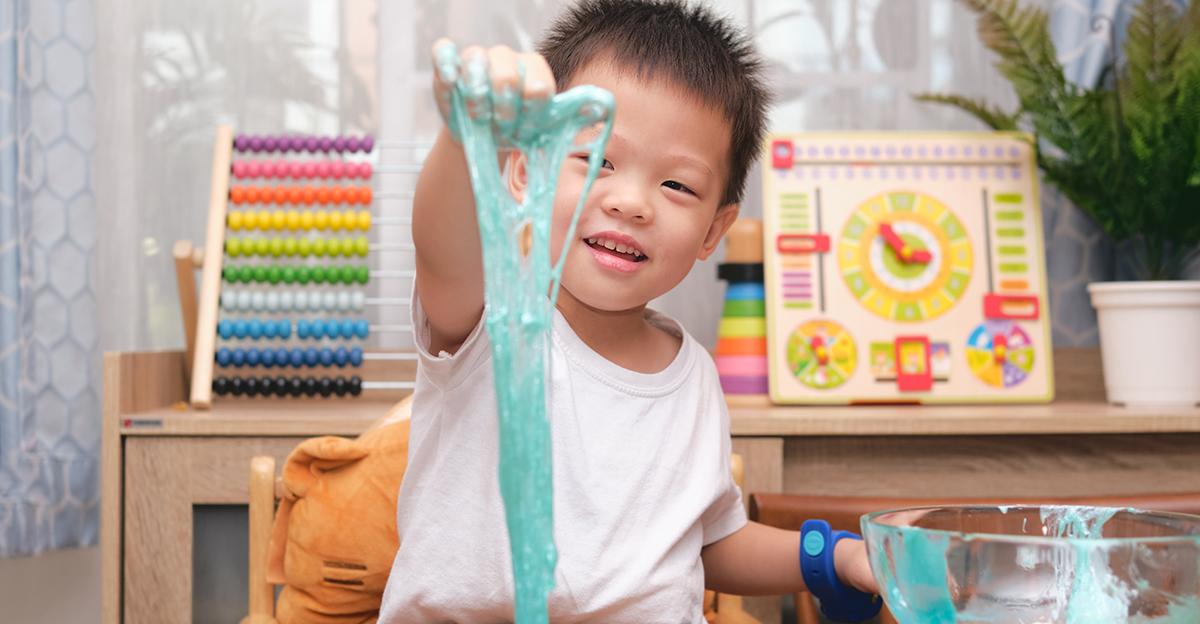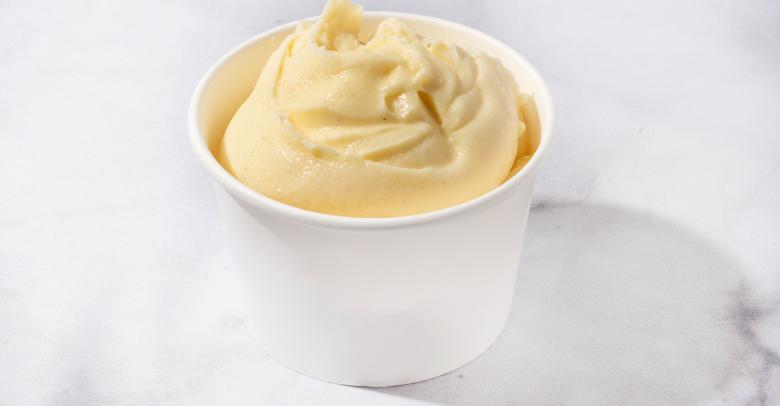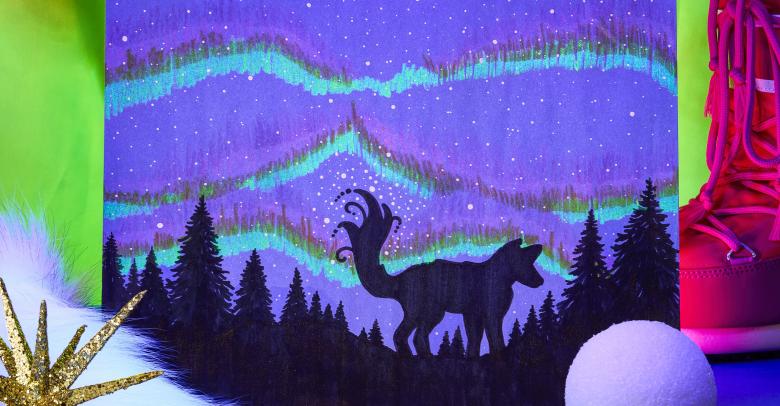There’s something uniquely exciting about a science experiment. Taking ordinary materials and mixing them together to create something new is both fun and educational for young learners. It leaves them with questions and the urge to seek out answers. We’ve gathered a few ideas for creating slime in class and leveraging a fun craft activity to create science lessons for your students.
Using Slime to Teach STEAM
Creating slime can be just as educational as fun, and below are three ideas for using slime to teach engineering, science, and nature concepts in class.
Before starting the lesson, decide whether your group of students learn best if they create the slime before you explain the lesson or if it would be best to save the creation of the slime until after you’ve gone through the purpose of the experiment.
Slime and Engineering Connection
Using tools and raw materials to create something new is part of teaching an engineering mindset. An easy way to connect engineering and slime creation is to propose a hypothetical situation to students.
Suggest a scenario in which they were hired to find the best way to make bouncy, gooey, putty-like, or fluffy slime. Come up with different states of slime and challenge students to find ways to perfect them.
This might mean adding more of certain materials to the slime’s composition or shaping the slime in a certain way to affect its performance. Give your students time to go through the steps of the scientific method and modify the slime to reach their goal.
Slime and Physical Science Connection
For younger learners, consider the connection between slime and the differing states of matter: liquid, gas, and solid. Ask your students which three types they believe slime to be, and write down the characteristics they list in their reasoning.
After creating this list, encourage students to do things with the slime they know they can do with other liquids or solids. For example, the slime pours onto the table and runs off hands like a liquid, but it can also be picked up and held like a solid.
This opens the opportunity to teach about non-Newtonian fluids, which are neither liquid nor solid but have properties of both. With slime, the viscosity changes depending on various stresses or forces used on it.
Ask students to think of other examples of non-Newtonian fluids, such as:
- Quicksand
- Cream
- Honey
- Oobleck
- Ketchup
Slime and Natural Science Connection
Another way to teach slime science to young students is by showcasing where and why slime appears in nature. Several animals use slime to survive in the wild. Have students try to name animals they know are slimy, such as:
- Fish
- Worms
- Frogs
- Slugs
Then, discuss why those animals are slimy or how they use slime to survive. Creating the slime is a great way to discuss slimy animals and makes for a fun exercise to understand some of the less snuggly animals we encounter.
More Classroom Slime Opportunities
If you’re ready to make slime in your classroom and take advantage of all the learning opportunities it provides, we have plenty of ideas to share. Once your students master the basic recipe, start introducing DIY slime variations and make each one a lesson on anything from chemical properties to craft projects!
Have you used slime in your classroom? Tell us how in the comments!






Leave a Reply